
Have you ever crossed the street to avoid a black cat? Have you ever heard a crow caw, and then involuntarily shuddered afterwards? Well, snap out of it! Animals can’t help it if we humans get the willies while handling a toad or freak out when we see an albatross flying near a sailboat. But then again, some superstitions attached to animals are truly poetic and have inspired more than a few classic songs, poems, stories, and films, so perhaps they do serve a creative purpose. Here are six very old and very weird superstitions our animal friends can’t seem to shake.
1. Black cats
In ancient Egypt, cats - especially black cats - were revered as gods. But by the time the Middle Ages arrived, black cats, especially strays adopted by elderly women, became associated with witches and witchcraft. Their previous sacred incarnations notwithstanding, several weird superstitions regarding black cats began, including the belief that if one crosses your path, you’re doomed, or at least destined to have a really, really bad day.
[More information: Why Black Cats Are Considered Bad Luck.]
2. Black dogs
People who work at your local animal shelter will tell you that black-haired dogs and cats are the hardest animals to adopt out. Winston Churchill referred to his clinical depression as “the black dog,” no doubt referencing the superstition that black dogs are synonymous with bad tidings. With this in mind, the next time you visit a shelter looking for a pet to adopt, remember black dogs and cats are no less loving than any animal of any other colour.
[More information: Black Dog Superstitions.]
3. Crows
Crows are either messengers of the gods or harbingers of disaster and death, depending on who you believe and what part of the world you live in. They’re also one of nature’s brightest animals. Crows make tools, play tricks on each other, and exhibit social behaviours that are almost, well, human. But that collective noun and expression “a murder of crows” will always give these feathered folks a bad rap.
[More information: Crow Folklore and Superstition.]
4. Toads
Why do people believe that touching a toad causes warts? Because toads have bumps on their backs! Isn’t it obvious? Toads have been associated with witchcraft for a long time, and were even ground up by folks during the Middle Ages for a variety of dubious medicines. While the bumps on their backs can secrete liquid, the only thing handling a toad will actually give you is a case of the willies.
[More information: History and Lore of the Toad.]
5. Rabbits
Rabbits have long been associated with spring and fertility, and their unique hop - where the back feet hit the ground before the front - gave some genius the idea that carrying around a rabbit’s amputated back foot will bring a person good luck. Animal rights groups continue to do their best to eradicate this belief and practice.
[More information: Rabbit’s Foot.]
6. Albatross
Blame sailors for this one, the idea that an albatross flying around a ship is a sign of bad weather, or the feathered incarnation of the spirit of a dead mariner. Samuel Taylor Coleridge’s 18th century poem The Rime of the Ancient Mariner includes a passage where the Mariner wears a dead albatross around his neck after killing it, which gave rise to the figurative expression of an “albatross” being something that hinders your well-being and happiness.
[More information: The Albatross.]
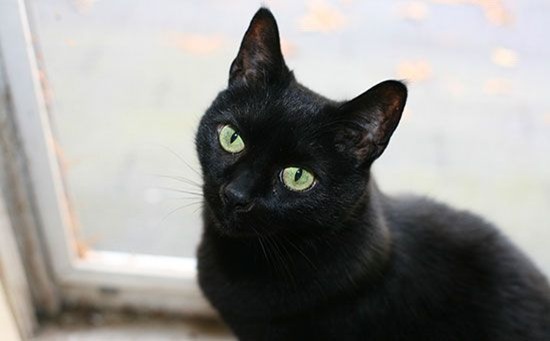
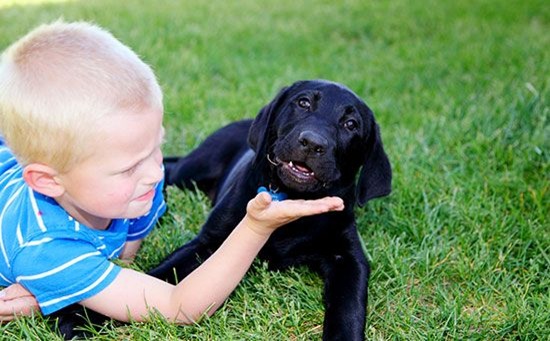
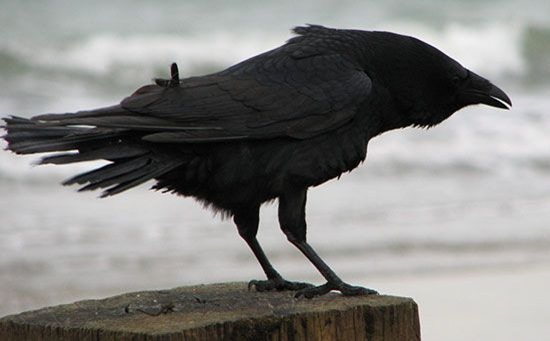
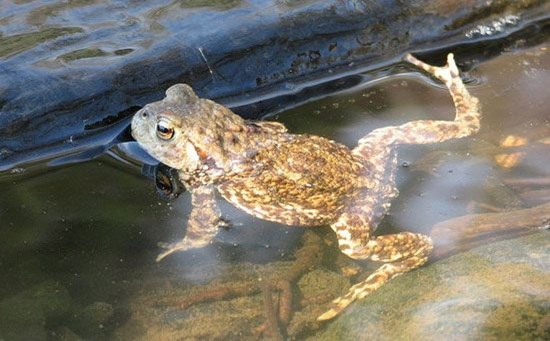
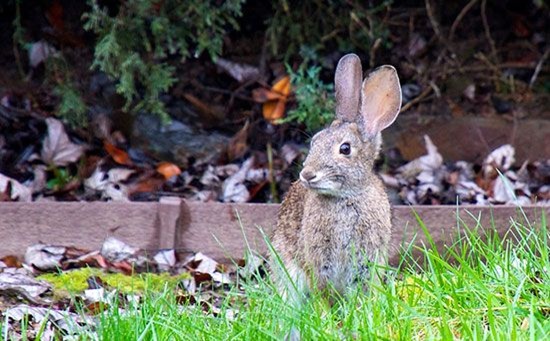

No comments:
Post a Comment
Please adhere to proper blog etiquette when posting your comments. This blog owner will exercise his absolution discretion in allowing or rejecting any comments that are deemed seditious, defamatory, libelous, racist, vulgar, insulting, and other remarks that exhibit similar characteristics. If you insist on using anonymous comments, please write your name or other IDs at the end of your message.